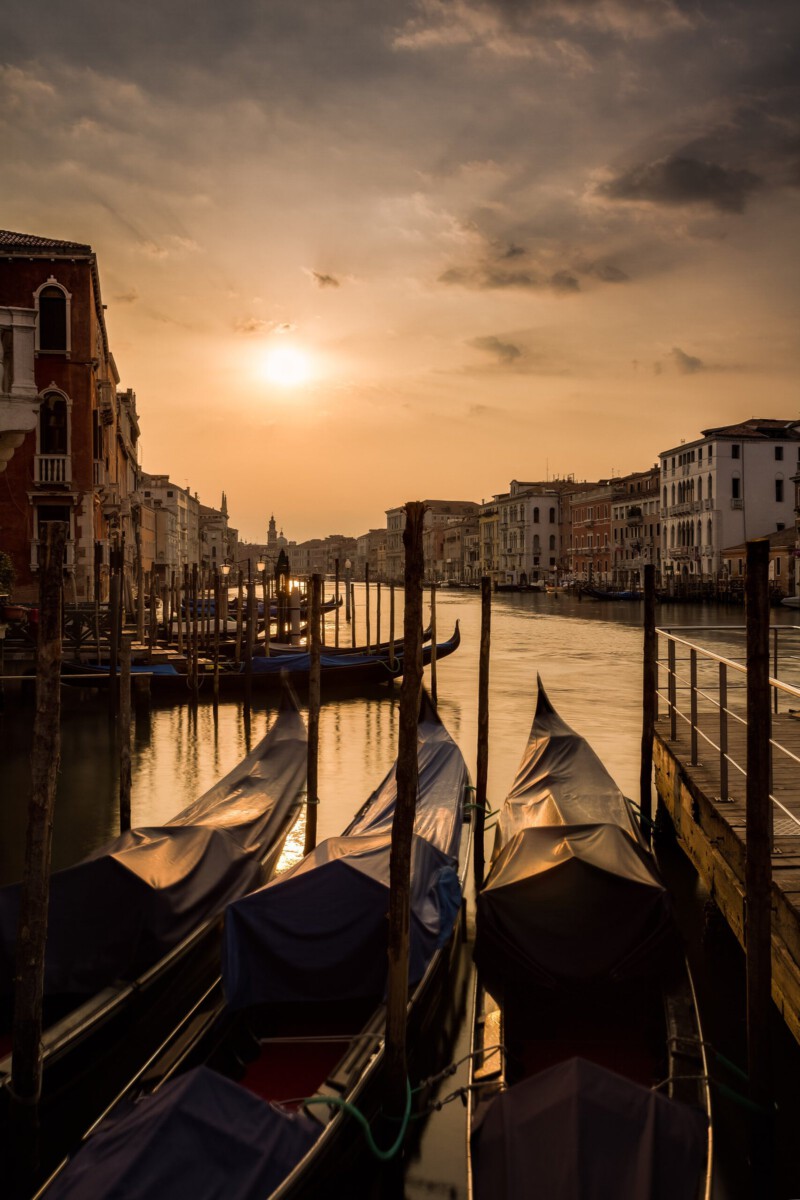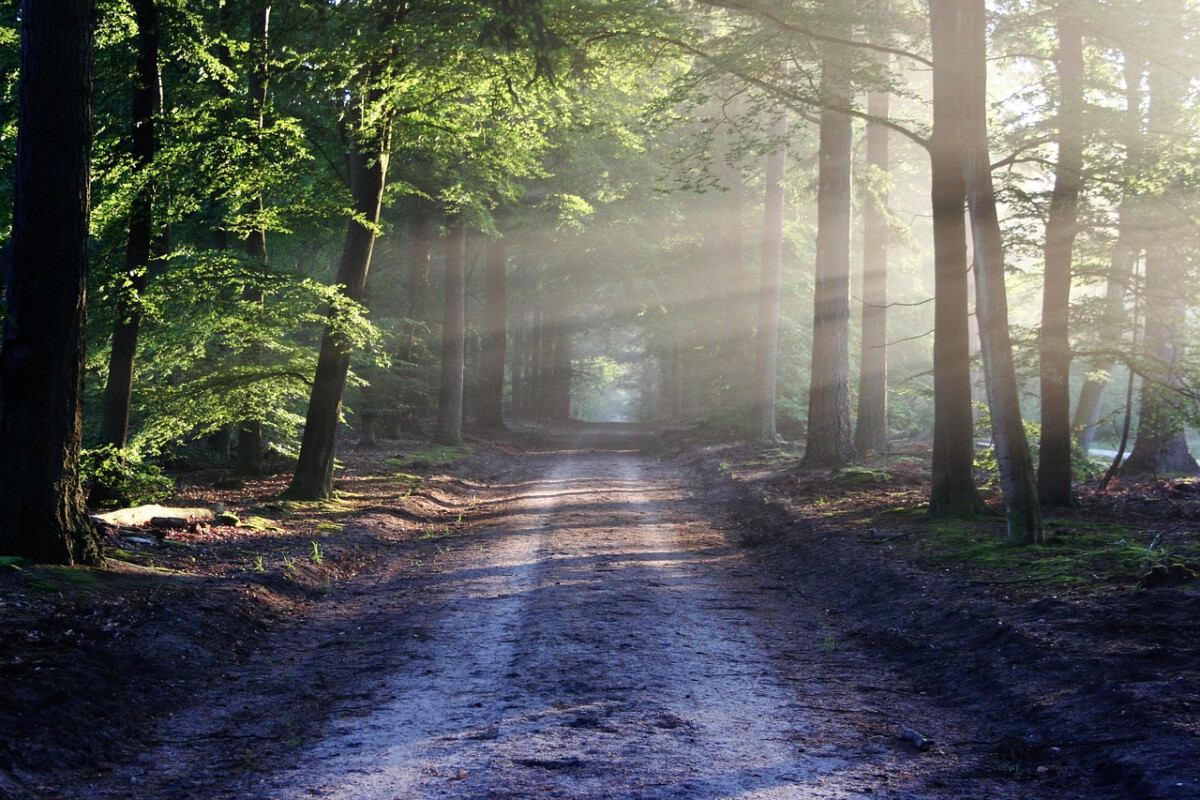What if you planned your dream journey, packed your bags, and then found the doors to paradise quietly closing? It’s happening now, right under our wanderlusting noses. Across the globe, some of the world’s most awe-inspiring places are quietly raising drawbridges, rewriting the rules of who gets to experience their magic. If you’ve ever wanted to stand on a windswept fjord in Norway or lose yourself among Bhutan’s monasteries, now’s the time to pay attention—because tomorrow, those places may be out of reach.
Bhutan The Land of Gross National Happiness

Bhutan’s mountains look like something from a lost fairy tale—mist curling around ancient dzongs, prayer flags fluttering in the wind. But don’t expect to just stroll across the border. Bhutan fiercely protects its traditions and wild landscapes, allowing only a limited number of travelers each year. To visit, you’ll need to pay a daily Sustainable Development Fee, which can easily surpass $200 per person. This isn’t just a price tag—it’s Bhutan’s way of ensuring that only the truly curious, respectful, and responsible are allowed in. Local guides are mandatory, so every visitor gets a taste of real Bhutanese life, from spicy ema datshi dishes to the thunderous spectacle of a mask dance festival. If you’re lucky enough to enter, treat every moment as a privilege—few outsiders ever get to breathe this rare air.
Iceland Protecting Natural Wonders

Imagine standing beneath the northern lights, the sky rippling in neon green. That’s Iceland at its wildest, but mass tourism has started to leave scars on its fragile mosses, hot springs, and black sand beaches. The government is reacting fast, hiking entry fees to places like Þingvellir National Park and limiting access to delicate areas like Fjaðrárgljúfur canyon. **Don’t even think about off-roading**—the fines are steep, and locals take environmental rules seriously. Iceland wants travelers who tread lightly, travel off-season, and aren’t afraid to explore the remote Eastfjords or the Westfjords, far away from the tourist crowds. Want to blend in? Pack reusable water bottles and leave no trace—locals will thank you for it.
New Zealand A Focus on Conservation

New Zealand’s landscapes are so cinematic they practically hum with magic. But with popularity comes risk: overcrowded trails, stressed wildlife, and pressure on Māori heritage sites. The government now charges an International Visitor Conservation and Tourism Levy at the border and is capping numbers in treasured spots like Milford Sound and Tongariro National Park. **Kiwis are proud protectors of their land**—don’t be surprised if you’re asked to clean your hiking boots at the airport or stick to marked paths. For a richer experience, try the South Island’s wild Catlins Coast or the Northland’s ancient kauri forests, where the only crowds are the birds.
Venice Italy A City Under Siege

Venice feels like a dream—a city floating on water, its canals reflecting pink sunsets and the songs of gondoliers. But for years, the city has been drowning under waves of tourists. The authorities are fighting back by introducing a day-tripper entry fee, especially during peak season. **If you arrive by cruise ship or bus, expect to pay up**—locals hope this will thin out the crowds and save fragile landmarks like St. Mark’s Basilica. Want a more authentic visit? Stay overnight, wander the labyrinthine backstreets at dawn, and dine where Venetians eat cicchetti. Venice is rolling out the red carpet for thoughtful guests; the rest may find the gates closed.
Thailand Balancing Tourism and Tradition

Thailand’s beaches glow like polished jade, but places like Maya Bay and Koh Phi Phi have suffered from too much love. The government is taking bold steps—closing some islands for ecological recovery, capping tourist numbers, and even charging higher park fees for foreigners. **Respect is everything here**: dress modestly at temples, don’t touch sacred statues, and avoid single-use plastics. Thailand is urging travelers to seek out lesser-known gems like Nan, Trang, or Isan, where you’ll find dazzling landscapes, spicy street food, and a warm welcome—no crowds required.
Galápagos Islands Ecuador A Fragile Paradise

The Galápagos are nature’s living laboratory, where sea lions nap on park benches and ancient tortoises lumber through the brush. But this delicate balance is easily upset. Ecuador strictly limits visitor numbers, requires pre-booked guided tours, and controls access to sensitive sites like Española and North Seymour. **Don’t expect to wander freely**—your guide will keep you on the marked trails and make sure you disinfect your shoes before stepping ashore. The rules may feel strict, but they’re the only way these islands will survive for tomorrow’s explorers. Bring a sense of wonder and a willingness to follow the rules—nature comes first here.
Japan A Cultural Awakening

Japan’s cherry blossoms and neon-lit streets have become global icons, but the country is feeling squeezed by the surge in tourism. Places like Kyoto and Mount Fuji are seeing visitor caps, and you’ll find signs in popular shrines gently reminding travelers to respect silence and sacred traditions. **Venture off the beaten path**—explore the rural villages of Tohoku or the tranquil islands of the Seto Inland Sea, where you’ll find centuries-old festivals and quiet, mossy temples. Locals appreciate travelers who learn a few Japanese greetings, queue politely, and honor the unspoken rules of public behavior. In Japan, it’s all about harmony—travelers must adapt.
Australia Protecting the Great Barrier Reef

The Great Barrier Reef is a color-drenched wonderland beneath the waves, home to turtles, clownfish, and shimmering coral. But the reef is struggling, and Australia is tightening the rules. Dive operators must follow strict eco-guidelines, and certain areas are off-limits to protect breeding grounds. **If you snorkel or dive, use reef-safe sunscreen and never touch the coral**—even a gentle brush can do harm. For a deeper connection, consider citizen science tours where you help monitor reef health. The best time to visit is winter (June to August), when the water is clear and marine life abundant—but only if you commit to leaving the reef as you found it.
Norway Embracing Sustainable Tourism

Norway’s fjords cut deep into the earth, fringed with wildflowers and the calls of seabirds. But overtourism threatens these fragile wonders, especially in places like Geirangerfjord and Lofoten. Authorities are rolling out visitor quotas, requiring advanced booking for popular hikes, and encouraging travelers to slow down, stay longer, and immerse themselves in local life. **Rent an electric car, travel by train, or join a “slow adventure” like fishing with locals**. In Norway, it’s not about ticking off sights—it’s about savoring light, silence, and wildness. Bring your sense of awe, and leave only footprints.
The Maldives A Shift Towards Exclusivity

The Maldives is a chain of white-sand dreams scattered across turquoise seas, but the islands are fragile and already feeling the effects of both climate change and unchecked tourism. The government is limiting new resort developments, imposing hefty “green taxes,” and even discussing caps on visitor numbers. **This is a place for mindful luxury**—choose eco-certified resorts, respect local culture (especially on non-resort islands), and cherish the reefs and beaches. If you’re looking for crowds and parties, look elsewhere; if you crave serenity and a once-in-a-lifetime escape, the Maldives might still welcome you—if you act soon.
Where will you go before the world’s hidden wonders slip out of reach?






